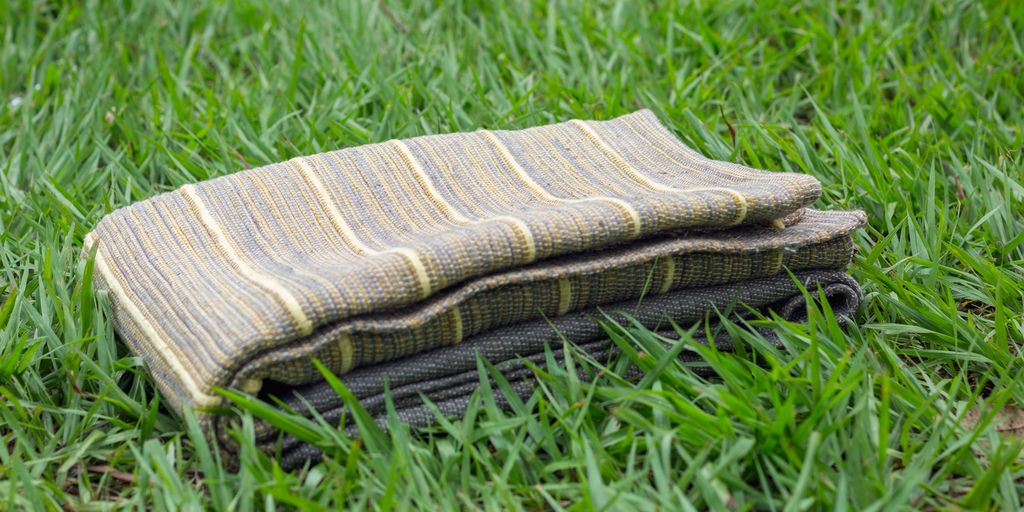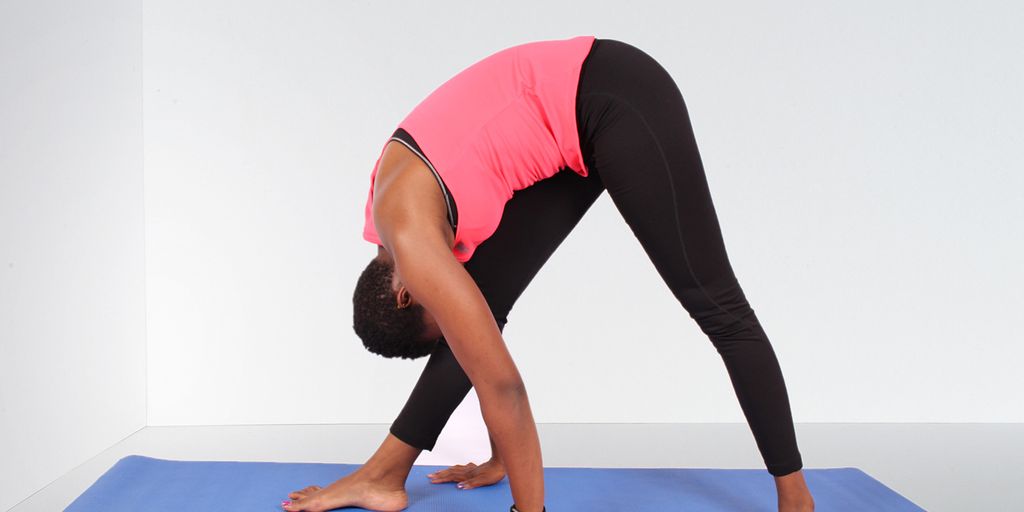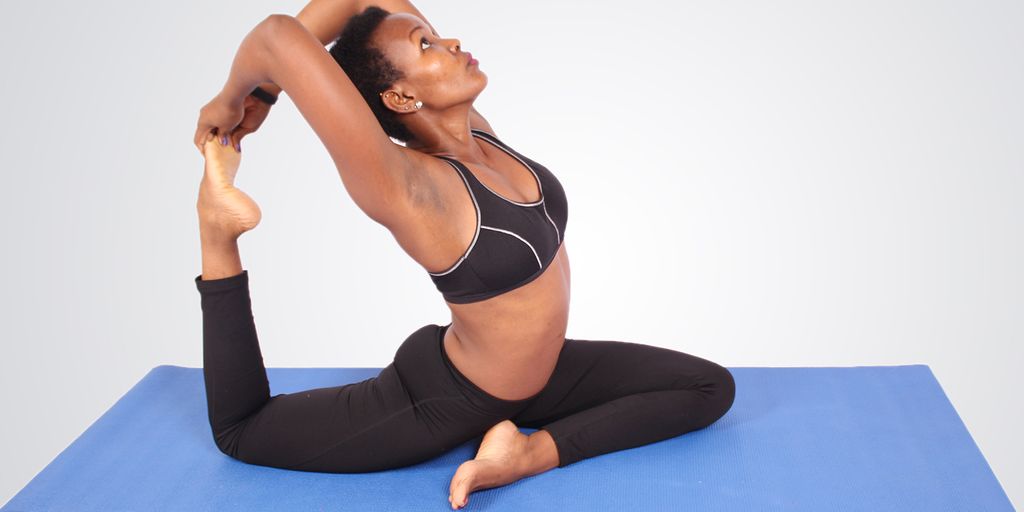
The Ultimate Guide to Choosing the Standard Yoga Mat Size
Choosing the right yoga mat size is crucial for enhancing your practice and ensuring comfort and stability. With various dimensions, thicknesses, and materials available, understanding what suits your needs can be overwhelming. This guide aims to simplify the process by providing insights into standard yoga mat sizes and offering practical tips to help you make an informed decision.
Key Takeaways
- Yoga mat size significantly impacts your practice by providing the necessary space and comfort.
- Standard yoga mats typically measure around 68 inches in length and 24 inches in width, with variations in thickness and material.
- Your height, practice style, and the space available are essential factors in determining the ideal mat size for you.
- Travel mats, extra-long and wide mats, and eco-friendly options are available as alternatives to standard sizes.
- Proper care, including regular cleaning and appropriate storage, extends the lifespan of your yoga mat.
Understanding the Importance of Yoga Mat Size
Choosing the right yoga mat size is crucial for your comfort, stability, and safety during practice. A well-sized mat ensures that you can perform poses without slipping or feeling cramped, which can significantly enhance your overall experience.
Why Size Matters in Yoga
The size of your yoga mat can affect your alignment and balance. A mat that's too small may cause you to adjust your poses unnaturally, leading to potential strain or injury. Conversely, a mat that's too large might be cumbersome and difficult to transport.
Impact on Your Practice
Your practice style and the types of yoga you engage in can dictate the ideal mat size. For instance, those who practice restorative yoga might prefer a thicker, longer mat for added comfort, while those who engage in hot yoga might prioritize a mat with better grip and sweat absorption.
Common Misconceptions
There are several misconceptions about yoga mat sizes. One common myth is that a standard size fits everyone, but this isn't always the case. Another misconception is that thicker mats are always better; however, the right thickness depends on your specific needs and the type of yoga you practice.
Remember, the importance of choosing the right yoga mat size cannot be overstated. It plays a vital role in ensuring a safe and effective practice, tailored to your individual needs.
Standard Yoga Mat Dimensions
Typical Length and Width
The standard yoga mat size typically measures around 68 inches in length and 24 inches in width. This size is suitable for most practitioners, providing enough space for various poses and movements. However, if you are taller than average, you might want to consider an extra long mat to ensure comfort during your practice.
Thickness Variations
Yoga mats come in different thicknesses, ranging from 1/16 inch to 1/4 inch. Thicker mats offer more cushioning, which can be beneficial for those with sensitive joints. On the other hand, thinner mats provide better stability and are easier to transport. Finding the right balance between comfort and portability is key.
Material Considerations
Yoga mats are made from various materials, including PVC, rubber, and TPE. Each material has its own benefits and drawbacks. For instance, PVC mats are durable and provide excellent grip, but they are not eco-friendly. Rubber mats are more environmentally friendly but can be heavier. TPE mats offer a good balance between grip, weight, and eco-friendliness.
When choosing a yoga mat, consider the material that best suits your needs and values. Whether you prioritize durability, grip, or environmental impact, there's a mat out there for you.
How to Measure Your Ideal Yoga Mat Size
Assessing Your Height and Reach
When choosing a yoga mat, it's essential to consider your height and reach. A mat that is too short can limit your movements and affect your practice. Ideally, your mat should be at least 6 inches longer than your height to accommodate full-body stretches.
Considering Your Practice Style
Different yoga styles may require different mat sizes. For instance, if you practice Restorative Yoga, you might prefer a thicker and longer mat for added comfort. On the other hand, a standard-sized mat may suffice for Vinyasa or Hatha yoga.
Space and Portability
If you travel frequently or attend classes outside your home, a lightweight and foldable mat can be a great option. However, if you have a dedicated space at home, you might opt for a larger mat that stays in place.
Remember, the right mat size can significantly enhance your practice and make your sessions more enjoyable.
Comparing Standard Yoga Mat Sizes to Other Options
Travel Mats vs. Standard Mats
Travel mats are designed for portability and convenience. They are typically thinner and lighter than standard mats, making them easy to fold and carry. However, this can compromise comfort and stability. Standard mats offer more cushioning and support, which is essential for regular practice.
Extra Long and Wide Mats
For those with a larger body size or who prefer more space during their practice, extra long and wide mats are ideal. These mats provide additional length and width, ensuring that you can stretch out fully without going off the mat. This is particularly beneficial for taller individuals or those who practice styles that require more movement.
Eco-Friendly Alternatives
Eco-friendly mats are made from sustainable materials like natural rubber, jute, or cork. They are a great choice for environmentally conscious practitioners. While they may come at a higher price point, the investment is worth it for those who prioritize sustainability. Consider your budget and the environmental impact when choosing the right yoga mat dimensions for your practice.
When selecting a yoga mat, it's important to understand standard, extra-long, and travel mat dimensions. Consider body size, type of practice, and budget for optimal comfort and stability.
Tips for Choosing the Right Yoga Mat
Personal Preferences
When selecting a yoga mat, it's crucial to consider your personal preferences. Practicing on a stable yoga mat is essential from a safety perspective; we wouldn't want our mat shifting underneath us while trying to pike up into headstand. Think about the texture, stickiness, and overall feel of the mat to ensure it aligns with your comfort and practice needs.
Budget Considerations
Yoga mats come in a wide range of prices. Determine your budget beforehand and look for mats that offer the best value within that range. Sometimes, investing a bit more can provide better durability and comfort, which can be more cost-effective in the long run.
Brand Recommendations
There are several reputable brands known for their quality yoga mats. Some popular options include:
- Manduka
- Liforme
- Jade Yoga
- Gaiam
Each brand has its unique features and benefits, so it's worth exploring what they offer to find the best fit for your practice.
Remember, the right yoga mat can significantly enhance your practice, providing the support and stability you need to progress safely and comfortably.
Caring for Your Yoga Mat
Cleaning and Maintenance
Regular cleaning is essential to maintain the hygiene and longevity of your yoga mat. Use a mild detergent mixed with water to wipe down your mat after each session. Avoid harsh chemicals that can degrade the material. For a deeper clean, you can occasionally soak your mat in a bathtub with warm water and a gentle soap.
Storage Solutions
Proper storage can significantly extend the life of your yoga mat. Always roll your mat with the top side facing out to prevent curling edges. Store it in a cool, dry place away from direct sunlight. If space is an issue, consider using a mat bag or strap for easy portability and protection.
When to Replace Your Mat
Even with the best care, yoga mats don't last forever. Signs that it's time to replace your mat include visible wear and tear, loss of thickness, and reduced grip. Typically, a high-quality mat should last between 6 to 12 months with regular use. Investing in a new mat when needed ensures you continue to practice safely and comfortably.
Taking good care of your yoga mat not only enhances your practice but also extends the life of your mat, making it a worthwhile investment.
Taking care of your yoga mat is essential for maintaining its longevity and ensuring a hygienic practice. Regular cleaning and proper storage can make a significant difference. For more tips and to explore our range of high-quality yoga mats, visit our website today!
Conclusion
Choosing the right yoga mat size is essential for a comfortable and effective practice. By considering factors such as your height, the type of yoga you practice, and your personal preferences, you can find the perfect mat that meets your needs. Remember, the standard yoga mat size is a great starting point, but don't hesitate to explore other options if they better suit your practice. Investing in the right mat can make a significant difference in your overall yoga experience, enhancing both your performance and enjoyment.
Frequently Asked Questions
What is the standard size of a yoga mat?
The standard size of a yoga mat is typically 68 inches long and 24 inches wide.
How thick should a yoga mat be?
The thickness of a yoga mat can vary, but standard mats are usually around 1/8 inch (3mm) thick. Thicker mats up to 1/4 inch (6mm) are available for extra cushioning.
Can I use a yoga mat for other exercises?
Yes, yoga mats can be used for various exercises, including Pilates, stretching, and general floor workouts.
How do I clean my yoga mat?
You can clean your yoga mat by wiping it down with a mixture of water and mild soap. Some mats are also machine washable. Always check the manufacturer's instructions.
What should I consider when choosing a yoga mat?
When choosing a yoga mat, consider factors such as size, thickness, material, your practice style, and budget.
How often should I replace my yoga mat?
It is recommended to replace your yoga mat every 1-2 years, depending on usage and wear. Signs that you need a new mat include loss of cushioning and traction.


